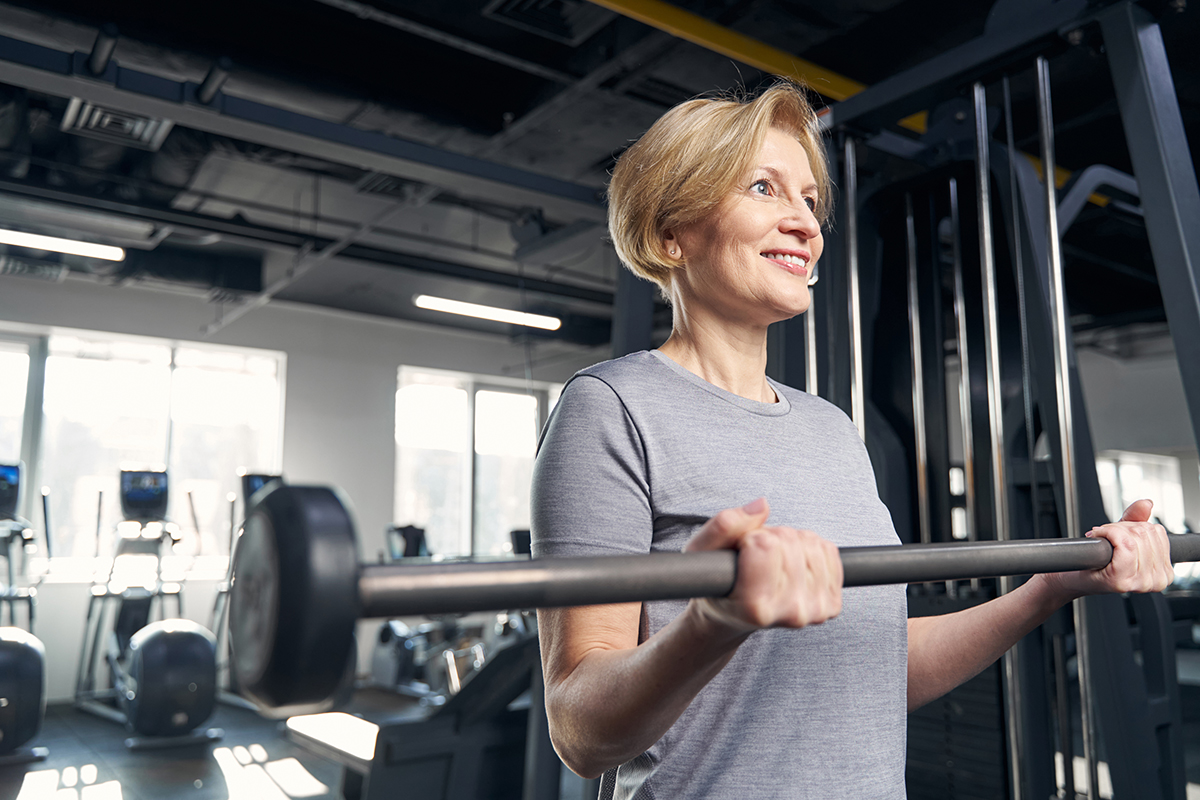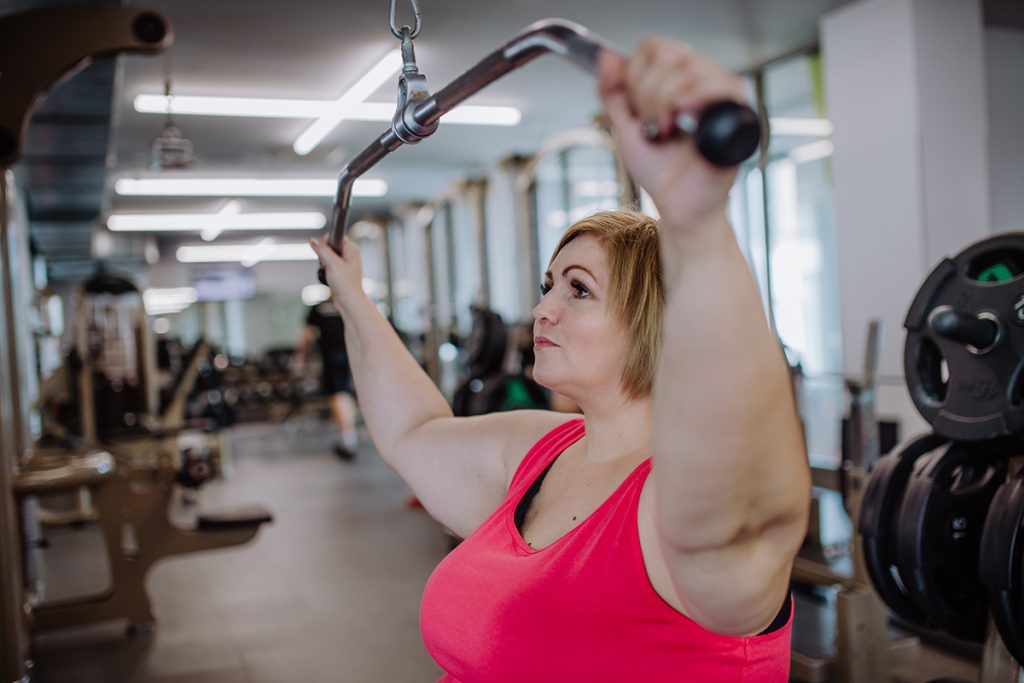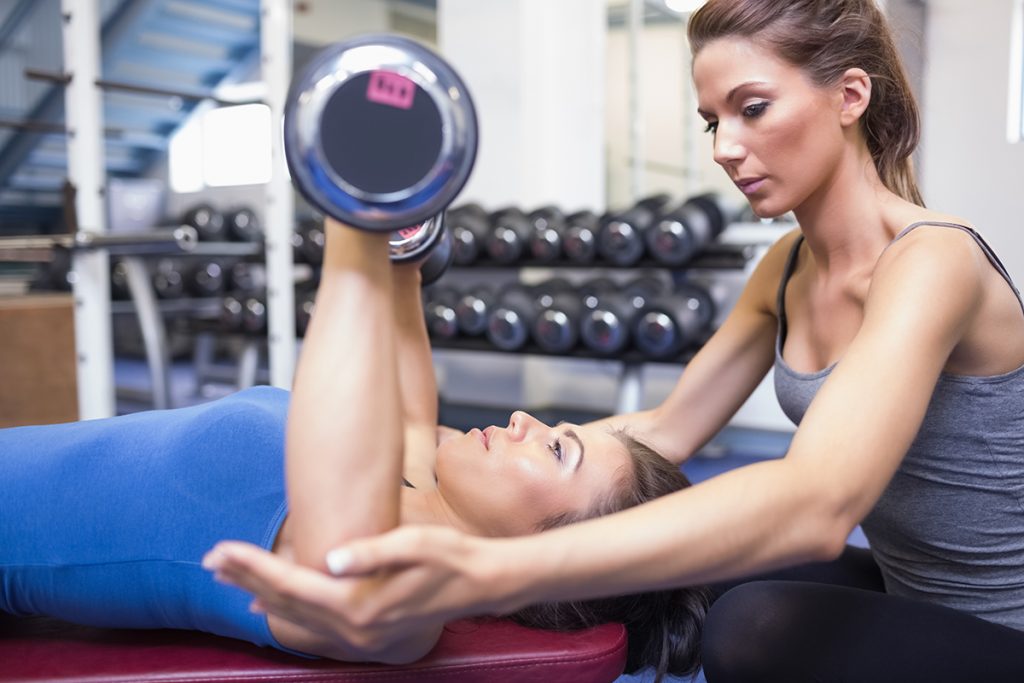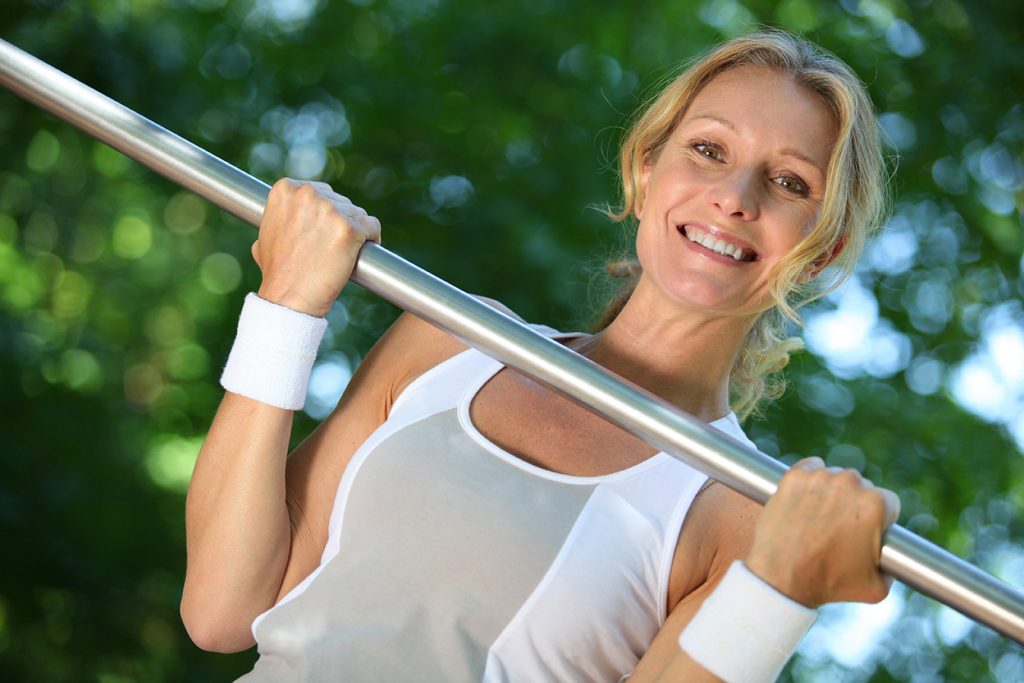Understanding and Conquering the Relative Insulin Resistance of Midlife – Beyond the Blood Tests
One of the most common things my midlife clients struggle with is weight gain. “The things that worked before just don’t work anymore” is the mantra of so many during this phase of life. They visit their healthcare provider with concerns about “waking up in someone else’s body”. The doc runs some tests – thyroid levels, blood sugar studies, and insulin – and all the results come back in the normal range. “Great news!” says their doc. “There’s no problem. You’re just getting older”. End of story.
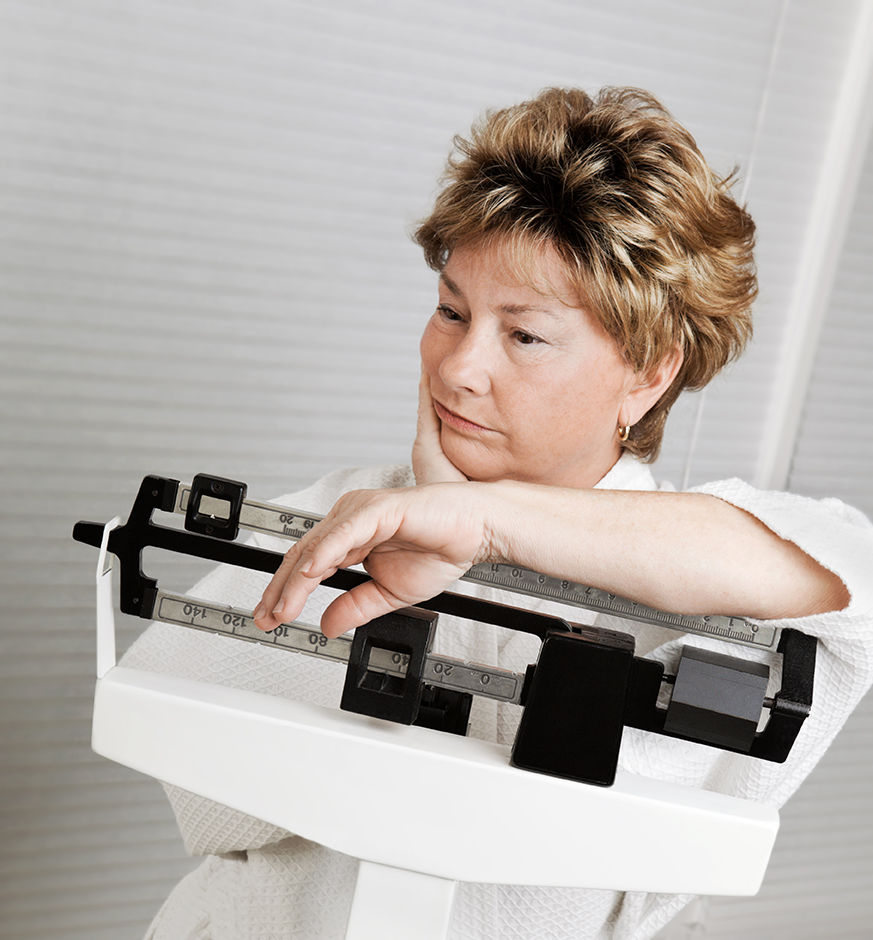
Many of you who have heard me on various podcasts know that I’m not a fan of the notion that hormone testing reflects the entirety of the Human experience as many “practitioners” would have you believe. The relative insulin resistance of midlife is a perfect example. One does not have to meet the criteria for “pre-diabetes” or metabolic syndrome for there to be real changes for which there are interventions. Isn’t the goal of medical care to prevent these things in the first place rather than just send you away until you actually become diabetic?
One does not need to meet the criteria for “pre-diabetes” or “metabolic syndrome” for there to be changes for which there are interventions. Isn’t the goal of medical care to prevent these things in the first place rather than just send you away until you actually become diabetic?
This is where understanding what’s happening inside your body during the various phases of hormonal life keeps you one step ahead of mainstream medicine. Today we will discuss the phenomenon of relative insulin resistance – the physiologic changes to energy utilization occurring in your body as a result of the normal hormonal changes of midlife – and how to mitigate the effects of these changes so that you can be your healthiest self.
Your Body on Carbs
In a nutshell, carbohydrate is consumed in the diet, digested and absorbed as glucose (among other simple carbohydrates), and utilized as fuel by the tissues in the body. Excess glucose that is not used is stored as glycogen in the liver and muscles, but also as fat. The hormone, “insulin”, is secreted by the pancreas in response to glucose entry into the bloodstream. Insulin drives glucose into the cells so that the cells can use the glucose as fuel to carry out their functions. The “efficiency” of insulin function is impacted by cycling estrogen and estrogen receptors on the surface of cells.
The two bodily systems that use the greatest amount of blood glucose are the brain and skeletal muscle – the voluntary muscles that move our bodies. During midlife, there is a decrease in cycling estrogen and estrogen receptor presence on the surface of skeletal muscle cells. As the ovarian hormonal cycles change and become irregular, there is less circulating estrogen. As a result, muscle mass, strength, and power decline along with the efficiency of the muscle’s ability to utilize blood glucose through insulin-mediated pathways.
A prominent player in cellular and insulin efficiency is an intracellular organelle called the mitochondria: the “batteries” that supply energy to cells. Below is an excerpt from my course Menopause Health and Fitness Specialist Course through MedFit Classroom that explains the science behind how skeletal muscle function is impacted by changes in estrogen and its receptors.
As we just mentioned, when blood glucose is not used as fuel, the excess is stored as fat. When the hormonal changes of midlife reduce the efficiency of glucose utilization by skeletal muscle, the result is a greater excess of unused glucose and increased storage of fat which results in changes in body composition.
Your End-Run Around Relative Insulin Resistance
There are three basic approaches to mitigating the impact of the hormonally-driven changes in how our bodies manage glucose. Resistance training (particularly weight training), nutrition, and neuroendocrine activation.
Resistance Training
If you want your muscles to use more glucose, then you need to increase the activity of those muscles. This looks different for different individuals. If you are sedentary, then starting with walking for 30 minutes 4-5 times per week is a great start! From there, add a weighted backpack, then maybe add some hills or even hiking trails. Simultaneously, engage a personal trainer for 6 weeks and become familiar with weight training. If you are an endurance athlete, make friends with the barbell. If you are a powerlifter, explore different ways to stimulate the muscles that add cardiovascular stimulation like combining running segments with heavy deadlifts. The point is, no matter what your fitness level or expertise, there are new and exciting ways to increase the functional capacity of your skeletal muscle.
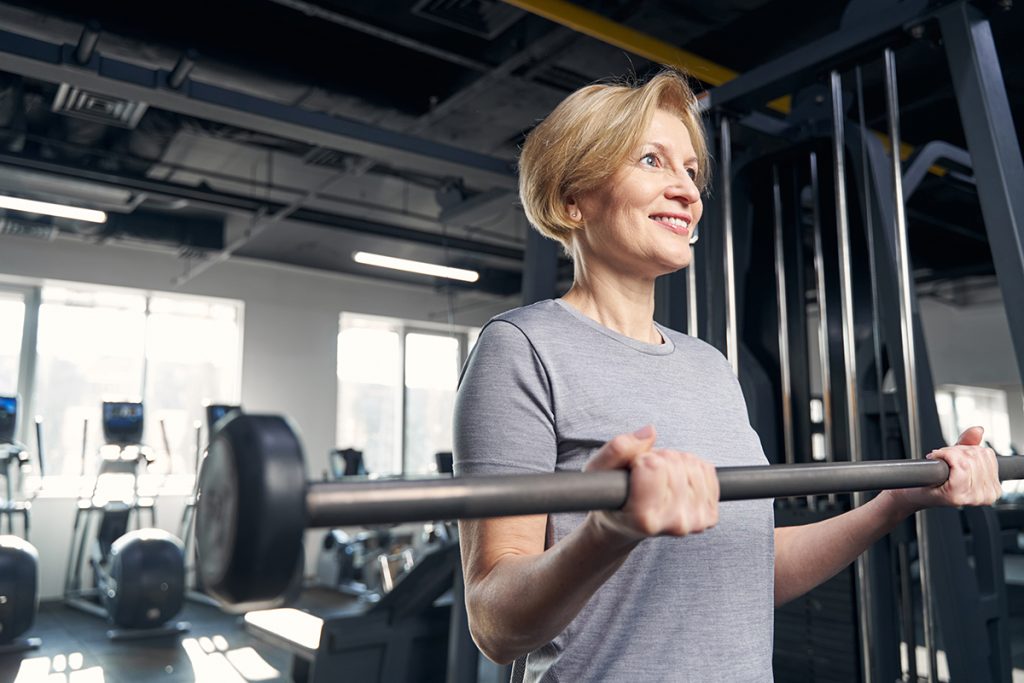
Why does this work? The Human body is an amazing machine designed for survival. Mother Nature has programmed redundancies within our physiologic systems to promote longevity. We discussed the impact of our cycling reproductive hormones on how our muscles utilize blood glucose. Fortunately, other physiologic pathways facilitate glucose entry into the muscle cells that depend less on cycling hormones, most notably, the GLUT4 pathway. GLUT4 is a glucose transporter protein that works with muscle contraction to transport glucose into the cells. So when we stimulate muscle contraction through resistance training, this activates the GLUT4 pathway to facilitate the entry of glucose into the cells to be used as fuel, leaving less excess to be stored as fat.
GLUT4 is a glucose transporter protein that works with muscle contraction to transport glucose into the cells. So when we stimulate muscle contraction through resistance training, this activates the GLUT4 pathway to facilitate the entry of glucose into the cells to be used as fuel, leaving less excess to be stored as fat.
Nutrition
We have discussed how glucose enters the cells of our tissues through pathways involving insulin and GLUT4 and how unused, excess glucose is stored as fat. In this section, we will discuss the other important part of this equation, which is the load of glucose that enters the bloodstream by way of the foods we eat.
Glycemic Index – The glycemic index is a measure of how much a carbohydrate source will increase blood sugar over 2 hours from the time of consumption. There are low, medium, and high glycemic index foods with a great description in this resource from Healthline. A lower glycemic index reflects lower blood sugar following consumption and a higher index reflects greater increases in blood sugar. This is important because the glycemic index reflects the glucose “load” on the systems (such as insulin and GLUT4) that need to shuttle the glucose into the cells. When the glucose load is greater, the systems can become overloaded, leaving more excess to be stored as fat. When the load is less, insulin and GLUT4 can better “keep up” with transporting glucose into the cells for use as fuel leaving LESS excess to be stored as fat.
By focusing on carbohydrate sources with a lower glycemic index and minimizing those with a higher glycemic index, you can effectively decrease the glucose load that insulin and other glucose transport pathways see and thus more efficiently use carbohydrates as fuel and minimize the excess that is stored as fat.
Neuroendocrine Adaptation
Adaptation is the ability of the body to adjust or “make familiar” movements or tasks that we undertake. This is a coordinated effort by the muscles, joints, metabolic, and endocrine processes all driven by the master puppeteer we know as the Nervous System!
Because Mother Nature designed Humans for survival, our ability to adapt to physical stimuli and physical tasks is powerful! When we stimulate the muscles repetitively in the same way for an extended period of time, the body doesn’t need to work as hard to manage the load or task and effectively switches into “Auto-pilot”. This is great for elite athletes where the tasks that their sports require become second nature through adaptation.
However, from the standpoint of muscle physiology, they crave something more! This is why we train differently in the off-season: to keep the muscles guessing and thus contantly adapting to become fitter, faster and stronger so that we can crush it on game day! To learn more about this incredible phenomenon, check out Neuroendocrine Adaptation: Your End-Run Around the Menopause Transition.
Key Points for Combatting Midlife Relative Insulin Resistance
- Get moving! The first step to using more glucose as fuel and storing less as fat is to move those muscles. For the sedentary, walking, backpacking, and hiking are great ways to start.
- If you have never trained with weights, another great place to start is a group “boot camp” style fitness class. Find one at your local gym and sign up with a friend! My favorite group class for getting started with weights is Les Mills BodyPump.
- Any level of athlete can benefit from a 4-6 week training program with a trainer or strength coach to gain some basic skills and techniques from basic to more advanced movements depending on your fitness level/familiarity.
- Incorporate resistance/weight training at least 2-3x per week.
- No equipment, no problem! Push-ups and their many variations are fantastic for anyone of any fitness level to add mass, strength, and power to the muscles of the upper body.
- Take an inventory of your carbohydrate intake and using the resources in this LINK, identify carbohydrate sources and potential substitutions that can move the needle toward lower glycemic index choices.
- Nutrient timing is a strategy where carbohydrate intake is timed within an hour before training and within an hour after when the muscles are “looking” to fuel movement during the workout and then looking to replenish glycogen stores in the liver following a training session.
- Most importantly, be consistent, but be patient! It’s about progress, not perfection. Every little bit you can do has benefits.
Fit Pros: Offer menopausal and perimenopausal women an individualized approach to training, nutrition and wellness as a Menopause Health and Fitness Specialist.

Dr. Carla DiGirolamo is a double Board-Certified Obstetrician/Gynecologist and Reproductive Endocrinologist who specializes in the care of reproductive age and mid-life women. Carla completed her residency training in Obstetrics and Gynecology at Brown University Medical School/Women and Infants’ Hospital and her Reproductive Endocrinology training at the Massachusetts General Hospital at Harvard Medical School.

